GeoAI: Transforming Public Health Solutions
Imagine the ability to predict health crises with the same ease and precision as we forecast the weather. This is not a far-fetched dream but a tangible future we can achieve by harnessing the power of geospatial technologies and Artificial Intelligence (AI), commonly known as GeoAI. In this post, we'll explore the transformative impact of GeoAI on public health, the gaps that need bridging, and the journey toward a comprehensive solution.
TECH FOR PUBLIC HEALTH
Scott Pezanowski
4/2/20243 min read
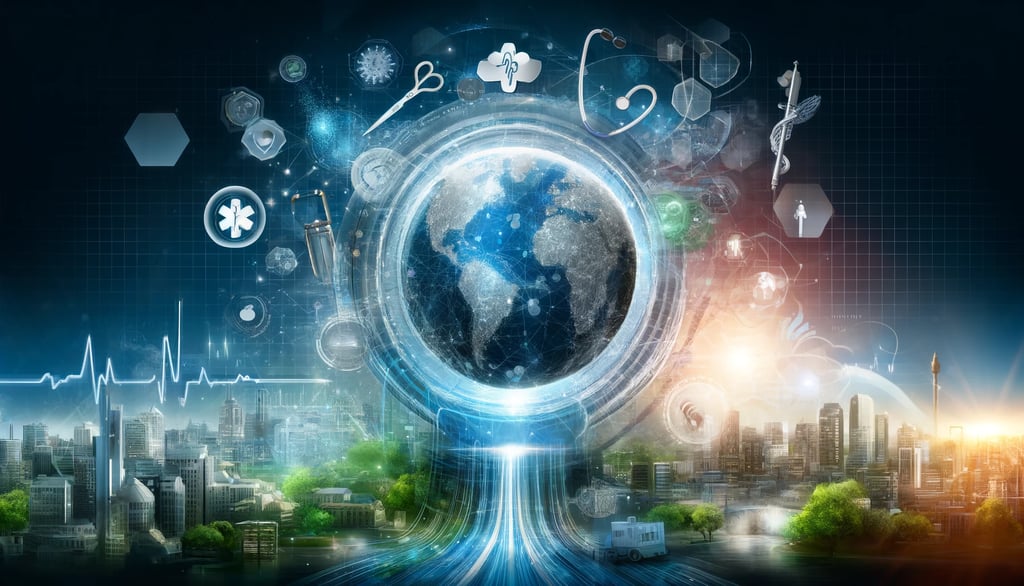

Imagine the ability to predict health crises with the same ease and precision as we forecast the weather.
This is not a far-fetched dream but a tangible future we can achieve by harnessing the power of geospatial technologies and Artificial Intelligence (AI), commonly known as GeoAI. In this post, we'll explore the transformative impact of GeoAI on public health, the gaps that need bridging, and the journey toward a comprehensive solution.
The Application Gaps
Significant application gaps remain despite the strides made in disease surveillance and prediction. Current efforts often lack the granularity and real-time analysis necessary for global disease management. GeoAI promises to bridge this gap by utilizing diverse datasets to accurately predict disease spread, even locally. Yet, the full potential of GeoAI in areas like healthcare accessibility, personalized medicine, and chronic disease management remains largely untapped.
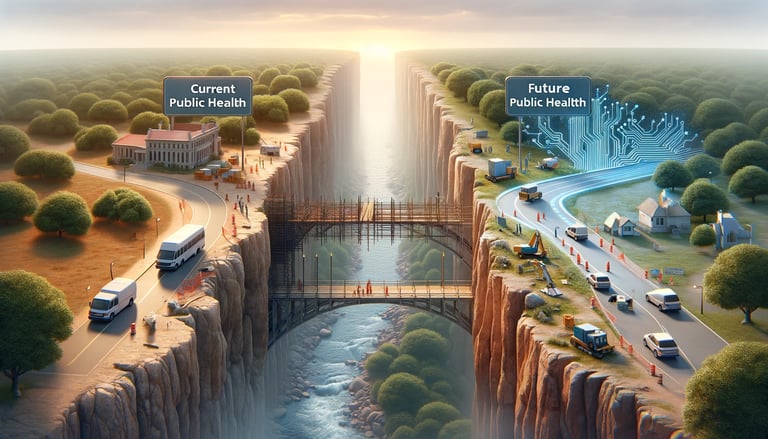

Healthcare Deserts and Accessibility
Many regions, especially in low-income countries and rural areas of developed nations, face significant challenges to healthcare accessibility. GeoAI can map these 'healthcare deserts' and optimize resource allocation to ensure equitable healthcare access.
Personalized Medicine
By integrating individual genetic profiles, lifestyles, and environmental factors, GeoAI can facilitate personalized medicine, offering tailored treatments and healthcare practices.
Social Determinants and Chronic Disease Management
Understanding the social determinants of health, such as socioeconomic status, education, and living conditions, is crucial. GeoAI can comprehensively analyze these factors, aiding in effective chronic disease management and identifying geographic hotspots for targeted health programs.
Environmental and Mental Health Risks
GeoAI's role extends to environmental health risk monitoring and mental health services improvement, identifying areas with insufficient healthcare services and facilitating early intervention and personalized care approaches.
The Data Gaps
The cornerstone of practical GeoAI applications lies in high-quality, unbiased data. Currently, the health sector grapples with inaccuracies, biases, and incomplete datasets, leading to suboptimal health outcomes and resource wastage. Accurate, comprehensive, and unbiased data is imperative for training AI models that drive data-driven, fact-based decisions, leading to improved health interventions and outcomes.
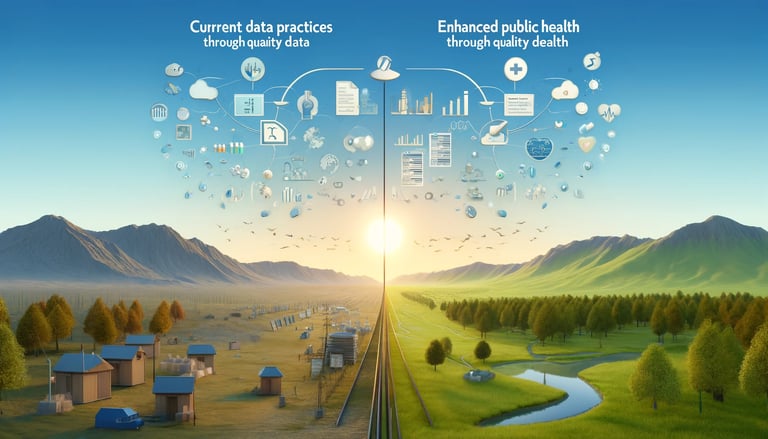

The Knowledge Gaps
A profound understanding of geospatial data, its sources, processing, and analysis is essential to effectively leveraging GeoAI. Yet, a significant knowledge gap persists, limiting our ability to address complex health challenges comprehensively. Promoting interdisciplinary education and fostering a lifelong learning mindset can bridge this gap, exemplified by innovative approaches in academia and industry.
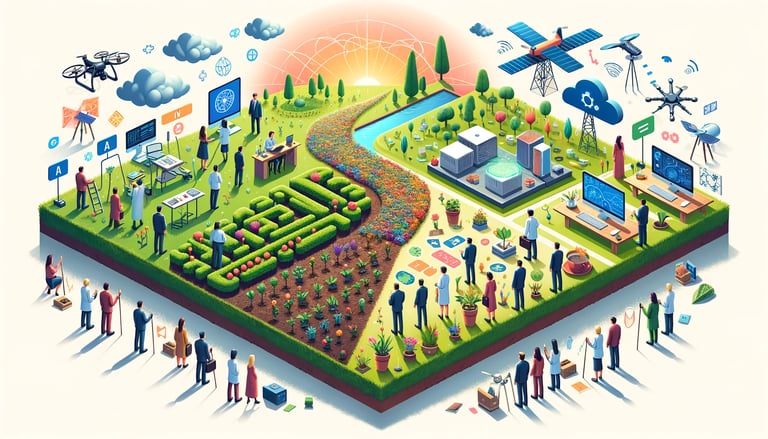

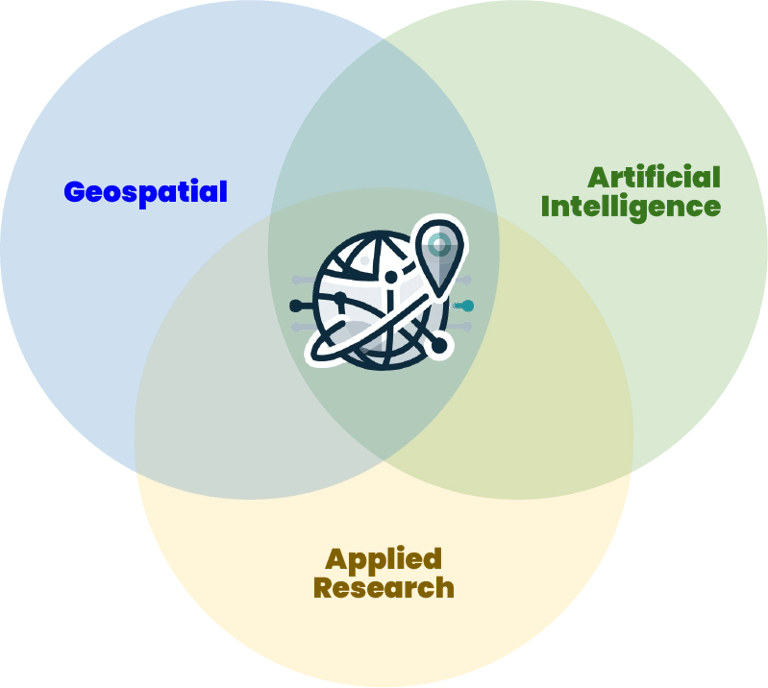

The Role of GeoAI in Bridging the Gaps
GeoAI is a pivotal tool in addressing the multifaceted challenges of public health. Its ability to integrate vast datasets and perform real-time analysis can revolutionize disease surveillance, healthcare accessibility, and environmental risk assessment. For instance, GeoAI can efficiently identify and monitor mosquito breeding sites in smart city management to control disease outbreaks. It can also scale-up monitoring through GeoAI inferenced data about the sites.
Moving Forward
To realize GeoAI's full potential in public health, concerted efforts are necessary to fill application, data, and knowledge gaps. Collaborations between geospatial experts, data scientists, healthcare professionals, and policymakers can foster innovative solutions to complex health problems.
In conclusion, the fusion of geospatial technology and AI, or GeoAI, offers a promising avenue for transforming public health. By addressing the existing gaps and leveraging the power of GeoAI, we can significantly enhance disease prediction, healthcare accessibility, and overall public health outcomes. Let's join forces to unlock the immense potential of GeoAI and steer our public health systems toward a more predictive, personalized, and preventive future.

Check out the full video below to learn more about how AI and geospatial technologies can fill our application gaps.
Thank you for exploring the power of AI and geospatial technologies with me and their role in advancing public health.
If you're moved by the potential to make a difference, let's connect.
The future is ripe with opportunity, and we can all succeed.
